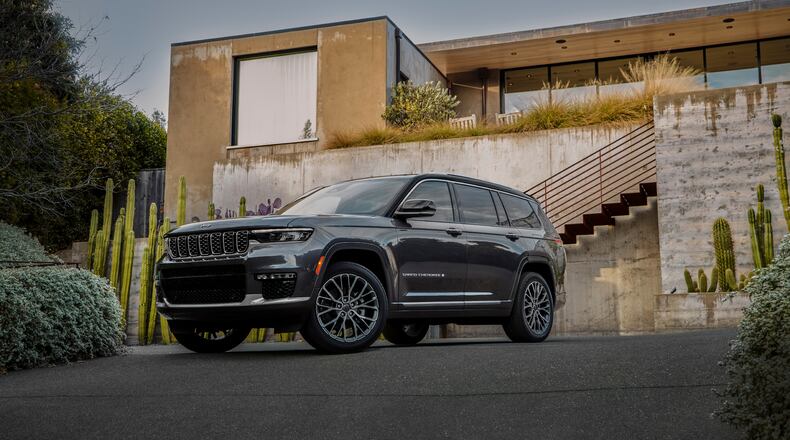Prices of both new and used cars have been falling for much of 2024. However, persistently high interest rates still make it hard for many to afford a new car this month. Car shoppers will encounter a market full of contradictions.
Buyers using cash should be able to find an attractive deal this fall.
For many others, the right move will likely be to wait, possibly into 2025, to go car shopping.
New Car Prices Are Declining
The average new car buyer paid $48,401 in July, according to Kelley Blue Book. That’s 0.2% lower than last July. Transaction prices have now been lower year-over-year for 10 straight months.
Credit: Cox Automotive
Credit: Cox Automotive
Automakers aren’t driving down prices by lowering the list prices of new cars, but dealers are offering incentives to reduce buyers’ prices. Manufacturers and dealer discounts comprised 7% of the average sale in July. Before the COVID-19 pandemic, incentives routinely made up 10% of the average new car sale.
There’s still room for discounting. July’s average discount was the highest in more than three years.
Some Models Are Overstocked
Dealers are cutting prices because many are overstocked.
An old auto industry rule of thumb tells dealers to keep about 60 selling days’ worth of cars in stock.
Fewer than that risks not having on hand the right combination of colors and features to appeal to you when you walk in the door. Having more cars on the lot is risky, though.
Dealers rarely own the cars they display for sale. They generally make payments on each vehicle through a complex loan arrangement called “flooring.” Unsold cars become more expensive for dealers every month.
So, when too many cars languish on the lot, buyers get discounts.
Some brands are overstocked now. Stellantis (parent company of Dodge, Jeep, Ram and other brands) has several brands with more than 100 days’ supply. Those dealers are likely to offer discounts.
Other brands are still short on supply. Honda, Subaru and Toyota finished the month with less than 60 days’ worth of stock and are not as likely to discount prices.
Used Car Prices Low, but Not for Long
Used car prices have fallen through much of 2024. The average used car listed for $25,251 in June (the most recent month for which Kelley Blue Book has data). That price is about $400 lower than May’s average and down more than $1,700 from last June.
However, shoppers may begin to see price increases soon.
The auction prices dealers pay for used cars have begun to creep up in recent weeks.
That news comes from Cox Automotive, which also owns car auction giant Manheim — where car dealers go to restock their used car lots.
It’s Getting Harder to Get a Loan
Prices may be down, but affordability is getting worse.
Most Americans don’t pay cash for a car. We borrow and then work to pay off car debt. Borrowing is becoming more challenging.
Cox Automotive’s Dealertrack Auto Credit Index tracks how difficult it is to qualify for all types of car loans. It decreased in July, moving against borrowers.
July marked the fourth straight month of tightening credit standards.
Interest Rates Are a Problem
Those who can qualify for a loan may not find an attractive one.
The Cox Automotive/Moody’s Analytics Vehicle Affordability Index measures how long the average earner would have to work to pay off the average new car. Before the COVID-19 pandemic, the index routinely hovered between 33 and 36 weeks.
It remains higher than usual. In July, the average buyer signed up to spend the equivalent of 37 weeks of earnings on a new car.
Prices may be falling, but interest rates remain high.
The Federal Reserve opted to keep rates at a 23-year high at its August meeting. The Fed is under pressure to make a rate cut in September, but that cut will take time to reach car shoppers.
Even if the board makes a September cut, Cox Automotive Chief Economist Jonathan Smoke says, “It is not likely that auto loan rates will decline much before year’s end.”
For Many, Waiting May Be the Right Move
Put it all together, and you’ll see an attractive market for cash buyers. They should easily find a discounted car.
Many buyers will want to wait for better interest rates, which should be coming. However, even if the Federal Reserve makes a cut soon, the savings may not reach borrowers until early 2025.
Sean Tucker reports for Kelley Blue Book from Washington, D.C., where he has covered the auto and energy industries for a quarter-century.
The Steering Column is a weekly consumer auto column from Cox Automotive. Cox Automotive and The Atlanta Journal-Constitution are owned by parent company, Atlanta-based Cox Enterprises.
About the Author
Keep Reading
The Latest
Featured




